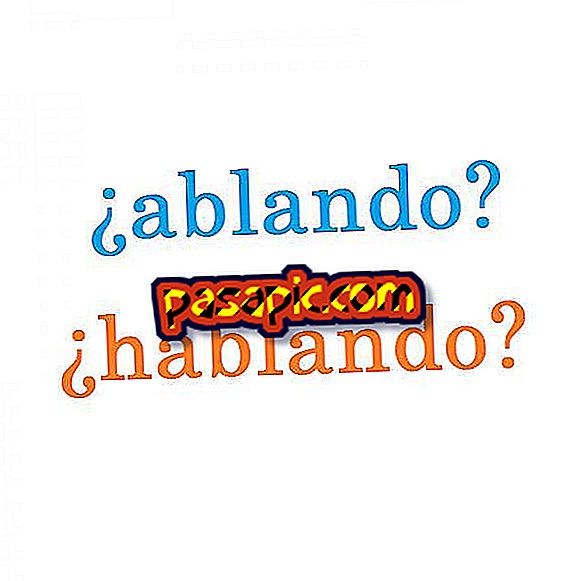How Gaudi died

We can not understand Catalan modernism without reviewing the works of the famous architect Antoni Gaudí. It is the maximum representative of this movement that left such significant works as the Sagrada Familia, Park Güell or Casa Batlló, among others. His career as an artist was characterized by his ability to work dimensions and a unique architectural language. The Catalan architect managed to endow all his works with his own personal style, which can not be easily labeled.
Gaudí was crowned as one of the most outstanding architects of the time with an impeccable trajector until the day of his death. But how did Gaudí die? The truth is that the death of the architect happened unexpectedly and unfortunately; in .com we explain it to you.
The first years of the architect
Antoni Gaudí i Cornet was born on June 25, 1852 in Reus according to some sources, while others say that it was in Riudoms, a nearby town where the family vacationed. He came from a family of boilermakers, work from which he developed his ability to treat space in three dimensions. This ability was the one that later allowed him to become the genius he proved to be. Gaudí had a childhood marked by health problems, for which he had to spend long periods in the farmhouse of Riudoms. During these stays, the future architect observed nature, a key element that would later be reflected in his works.
After finishing high school, Antoni Gaudí moved to Barcelona in 1869 together with his older brother. Here he finished his studies and in 1873 he entered the Provincial School of Architecture, while occupying different jobs that allowed him to cover their expenses. During this time, the young architect already showed his first signs of genius, which allowed him to collaborate with some professors. After completing his studies, Gaudí created his own architecture studio. A few months later he met who would be one of the most significant people in his career, the industrialist Eusebi Güell i Bacigalupi. Both began a friendship and professional relationship, and much of the works produced by Gaudí were commissioned by Güell as a client.

The ascension of Antoni Gaudí
The first projects carried out by the architect were the lampposts that occupy the Plaza Real . Likewise, Gaudí began to earn a name when he made his first important position, the Casa Vicens, which gave way to receiving larger assignments. It was in the Universal Exhibition of Paris in 1878 that Gaudí met the aforementioned Eusebi Güell. From here, he carried out some works demanded by Güell, such as the Bodegas Güell, the Güell Palace, the Güell Park and the Güell colony chapel.
So, in 1883 he took charge of continuing the project that had recently begun, the Expiatory Temple of the Sagrada Familia . The architect completely modified the initial project, making it his most admired and well-known work.

The modernism of Gaudí
Modernism could not be conceived in the same way without the contribution of the Catalan architect. Initially, he received certain influences of oriental art that can be seen in works such as the Palacio Güell or Casa Vicens. Likewise, it was also influenced by the neo - Gothic current of the time, the Spanish Islamic monuments and the Nazai and Mudejar arts. However, Gothic art was the most impact on Gaudí. This style experienced a great renaissance in the late nineteenth century, especially as a result of the French architect Viollet-le-Duc. The latter was committed to studying the styles of the past in order to adapt them to the present in a rational way, reflecting it both structurally and ornamentally.
Finally, Gaudí led to modernism in its heyday, that is, between the nineteenth and twentieth centuries. This movement included almost all the arts, painting, sculpture and graphic arts, acquiring a greater presence in architecture and decorative arts. It was the culmination of a century resulting from a variety of previous trends. Modernism was constituted as the style of a bourgeoisie that appreciated the beautiful, ostentatious and visual.

How Gaudi died
It was precisely at the moment of greater splendor of the architect, that Gaudí showed a greater withdrawal . Thus, Gaudí, who had been a person with a full social life, who frequented theaters, concerts and gatherings, began to adopt a lifestyle marked by a mystical and religious feeling. The architect neglected his personal image, moved away from social life and developed more and more a religious feeling.
On June 7, 1926, Gaudí went to one of his daily visits to the church of San Felipe Neri, where he went to pray and meet with his confessor. However, during the journey the architect was run over by a tram in Gran Vía De las Corts Catalanes, between Girona and Bailén streets. The tram was about 10 km / h and the blow left him senseless. It was then that nobody came to help him, since he was mistaken for a vagabond because of his appearance. It was not until a civil guard noticed that a man lay on the ground that Gaudí was transferred to the Hospotal de la Santa Cruz. The guard who moved him did not know the identity of the architect, since he did not have any document to identify him. The next day, Gaudí was recognized by the chaplain of the Sagrada Familia, Gil Parés. However, Antoni Gaudí died the following day, June 10, 1926 at 73 years of age.
On June 12, Antonio Gaudí was buried in his masterpiece, the Sagrada Familia, with the presence of a large crowd that accompanied him in his last goodbye.


